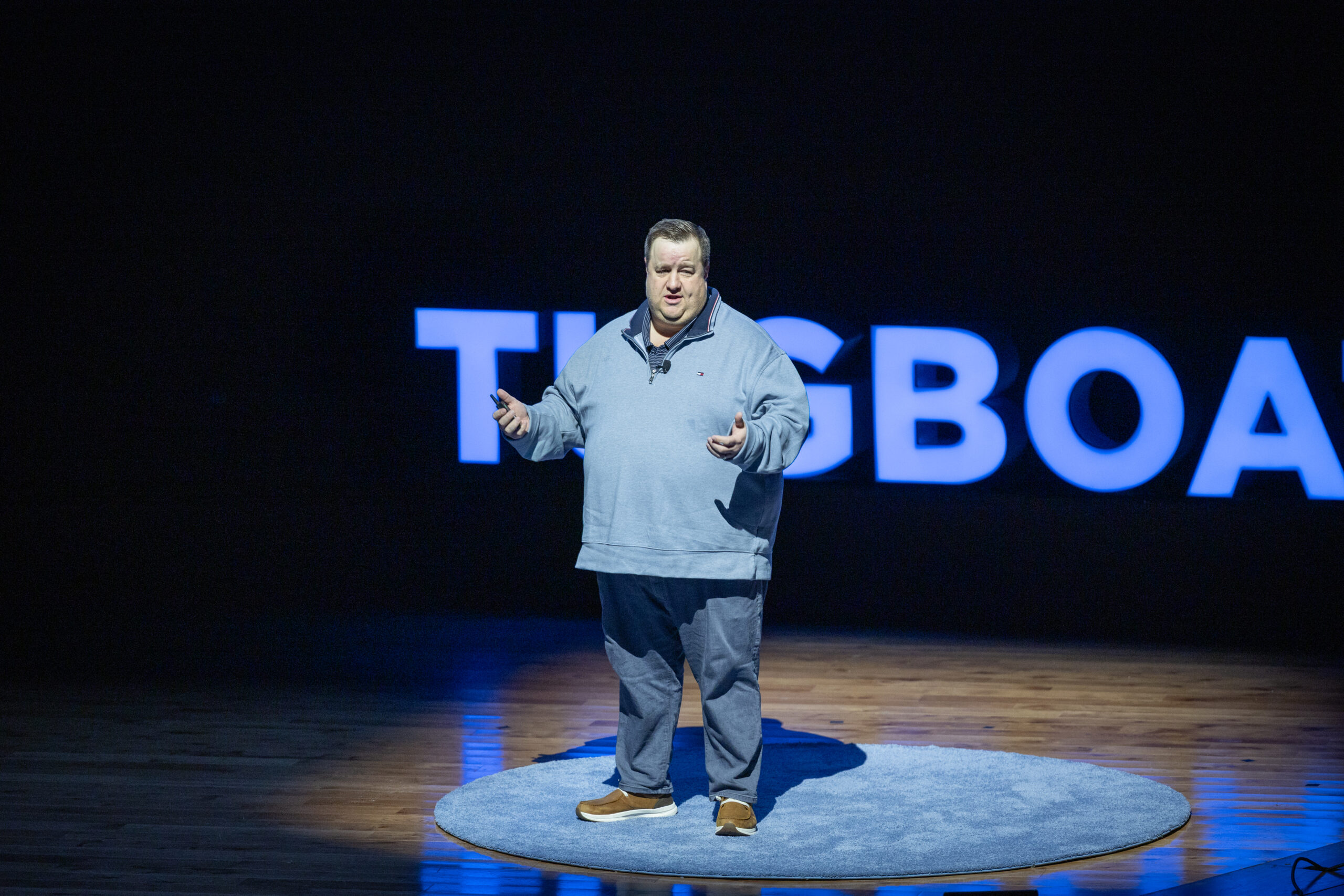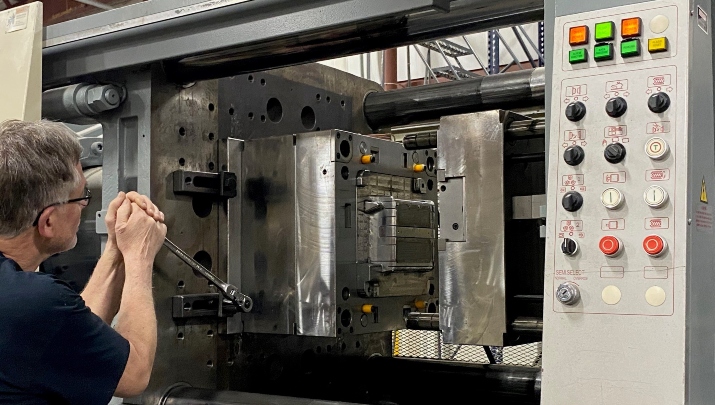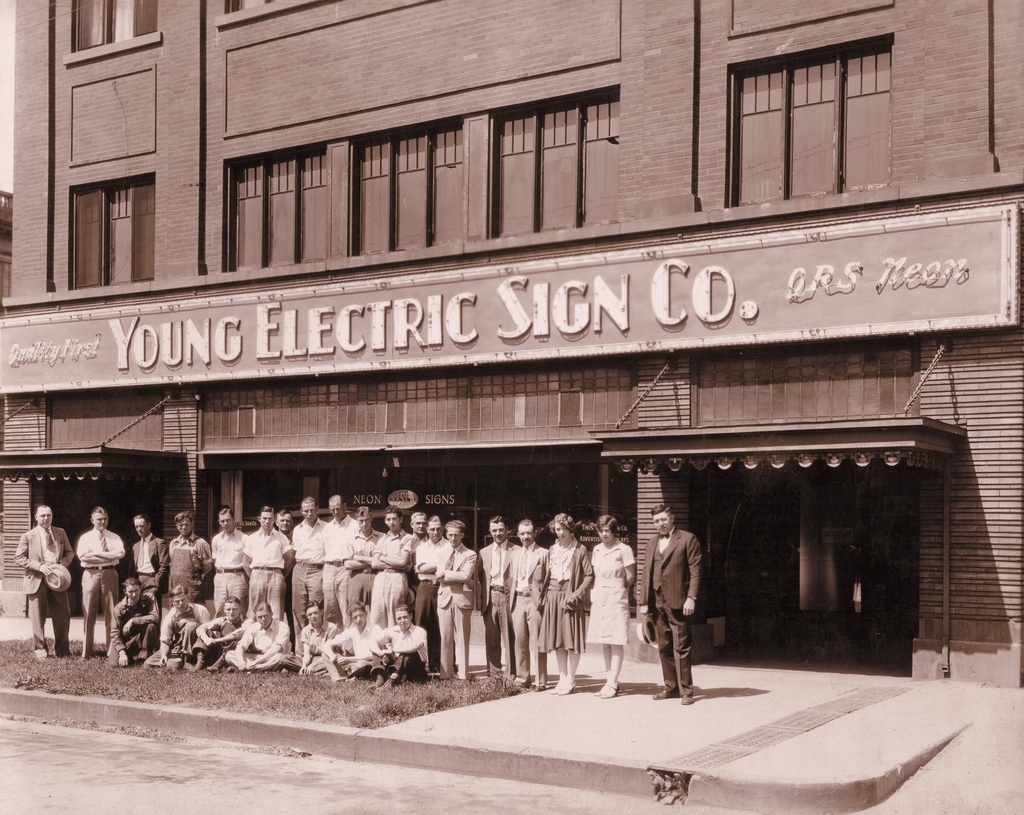
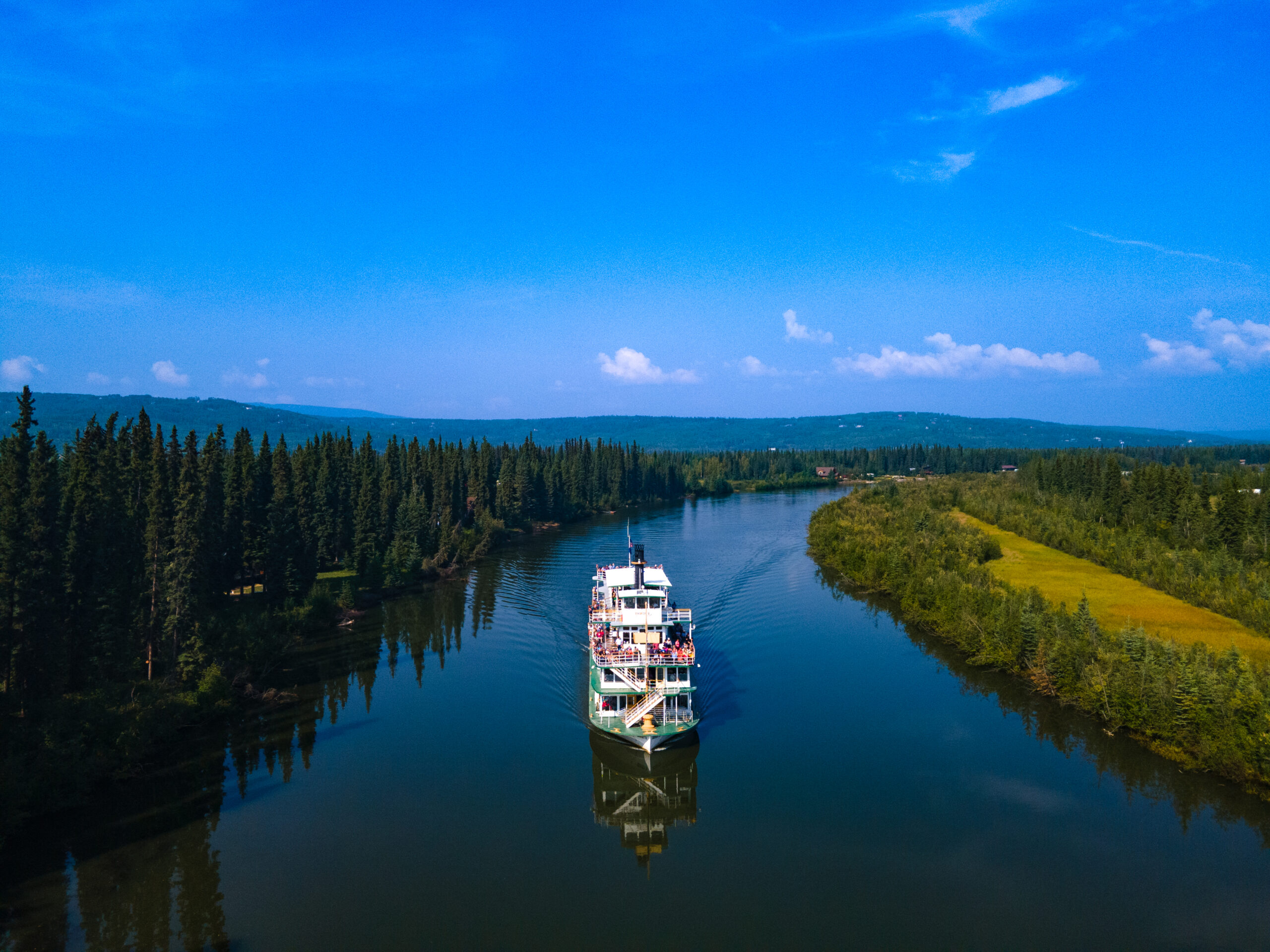
Prioritize Character in Your Hiring Process and Protect Your Culture
- Wade Binkley
- Alaska Riverways
Running a business in Alaska’s travel industry is a unique challenge. Here at Alaska Riverways we operate tours on traditional sternwheeler riverboats and offer guests an experience that allows them to discover the rich history of travel, trade, and discovery in Fairbanks and the surrounding area. It’s a highly seasonal business; we flex from 15-20 full time employees year-round up to over 200 for the summer season. Operating boats in Alaska and Canada has been my family’s way of life for over 125 years and five generations and that experience and history have shaped Alaska Riverway’s identity since 1950. Despite the specificity of our operation, we still face many of the same challenges that most businesses do. Maintaining culture is one that, as an Evergreen® business, is of the utmost importance, but also one that can be particularly challenging with the ebb and flow of a seasonal workforce.
In the years before 2020, when I was a member of the executive team and then company president starting in 2019, we began addressing the question of culture. Since we bring in so many new employees year after year, we must pay extra attention to this. We have been lucky in that, over time, we have had a very high return rate for our summer employees – 60%-70% – and our culture was strong and positive. But we noticed that every year, despite our careful hiring process, we nevertheless had a certain number of employees who ended up not being a match. Most of them didn’t make it through a full season. Although the number wasn’t high, we wondered if we could do better.
The positions we hire for in the summer include entry level hospitality jobs like retail associates, reservationists, tour guides, food servers, dishwashers, kitchen assistants, and deckhands. Our workforce tended to be quite young; most averaged in age between 18-23 and were college students or college-aged students. Because we are so grounded in the culture of Alaska (and because housing is so challenging in the Fairbanks area) we sought to hire primarily from our own community, or at least from Alaska. Historically, our interviews were fairly standard, and we looked at things like work and life experience and education as a big part of our evaluation of each candidate.
When we decided to review our hiring process, we started at the beginning and asked ourselves, what makes a good Alaska Riverways employee? Conversely, what kind of employee doesn’t fit us? It became clear that it mostly came down to culture; people who were friendly, authentic, and engaging were a great match, and those who weren’t, were not. As a result, we decided that we would re-work the interview process to focus exclusively on character, rather than experience. In answer to the question, what makes a good Alaska Riverways employee, we narrowed it down to four traits: nice, outgoing, optimistic, and enthusiastic.
Our new hiring plan was different, but it was fun! We created a long list of questions that got at those four characteristics – questions that would allow us to understand who the candidates were as people and how they saw the world. We asked, for example, “How would you explain the color yellow to someone who is blind?” This was aimed at gauging the empathy of a candidate and finding out if they were nice. We asked, “Say you have a wonderful time at a party. Is this because everyone was friendly or because you were friendly?” This is intended to gauge how outgoing a candidate is and to what extent they take responsibility for their own happiness. A lot of the questions may sound silly, but they helped us measure each candidate against the four traits we had identified as core to our culture. We even did some group interviews for the second round where multiple candidates came in together and collaborated on a task to see how well they worked together in a group.
Finally, we instituted an improved post-season analysis, to see how well we had done in hiring the right people for the jobs. And if an employee scored high initially, but didn’t perform as expected on the job, could we learn something from that experience? After a couple years of iteration and calibration, we were starting to notice that fewer people were leaving, and it seemed to be working. Then covid hit.
During the first year of covid, we shut down completely. We had to withdraw our offers to the people we had hired for the summer, and had to furlough most of our full-time staff. We kept just a few people to keep the lights on and we hunkered down. The following year, we were only able to open on an extremely limited basis, so we hired very few people in comparison with our usual surge. Finally, moving into the 2022 season, we were ready to scale back up again, and we realized we had a big problem; we had lost all of our culture keepers – all of the people who tended to return for two, three, or even five seasons. We had to start over, rebuilding our pipeline and with it, our culture.
An additional challenge we faced, which I expect many others have been facing for a few years now, is the shift in the talent pool. Demographics are such that the pool of qualified candidates for just about any role in any company in any industry is shrinking, often drastically. This means that the college kids suddenly have better paying and more professionally oriented opportunities. As a result, the candidates we had previously seen entering our pipeline weren’t applying for our jobs anymore. We solved this problem by hiring younger employees; now the majority of our summer staff are 14 to 17 year old high school students. Even without the work we had done pre-covid to reorient the hiring process toward character, it would no longer have made any sense to look at experience at all. These kids are often walking into their very first job! So, we leaned heavily into our revamped hiring process and continued to focus exclusively on character.
In so many ways, we are fortunate that we undertook this shift before we found ourselves with a problem to solve. It’s not perfect; recruiting and hiring this way is more time consuming than the way we used to do it. It would be easier to hire the first people who show up, especially given the number of jobs we look to fill each season, but it’s clear to us that it’s worth it to do it the hard way. And it seems to be working; we are starting to see our return rate move back up. We are at 55% from last year for this year, which is a huge improvement!
A real advantage we have in this work is that despite recent challenges, we have a strong history of generations of happy employees we can lean on. Working for Alaska Riverways for the summer is quite a memorable experience. We have alumni groups that stay in touch and get together for reunions. Our network is so strong that we are now seeing children of former employees applying to work with us.
However, just because something is good, doesn’t mean it can’t be better. And it doesn’t mean it shouldn’t be protected, because time can erode just about anything if you don’t pay attention. For decades, we didn’t talk about culture much or work on it overtly because we were so nose to the ground just running the business and getting it all off the ground for each new season. We can’t grow and continuously improve if we don’t pay attention to such an important aspect of our business. It’s one of the things I have learned as a member of Tugboat Institute® – the power of learning from others. I’ve come to see that while it is harder to do it this way, it’s critical, especially if you are an Evergreen company for whom company culture is the bedrock of your People First environment.
How is this relevant to non-seasonal companies? Well, you could say it’s an extreme example of managing fast growth in any company. It’s more compressed and the candidates are from a specific group, but the bottom-line concerns are the same – how to identify the right people and increase your chances of success in maintaining culture, so you can stay strong, retain your people, and attract the best team members for the long term. In lots of businesses, skill and experience matter more than they do for us, but it is also true that not every candidate who is qualified from a skills perspective is a good fit for the company. Ultimately, the best strategy is to make sure your company is an absolutely great place to work. To be Evergreen. To make sure your employees are happy, so they return or stay, depending on your structure.
More Articles and Videos
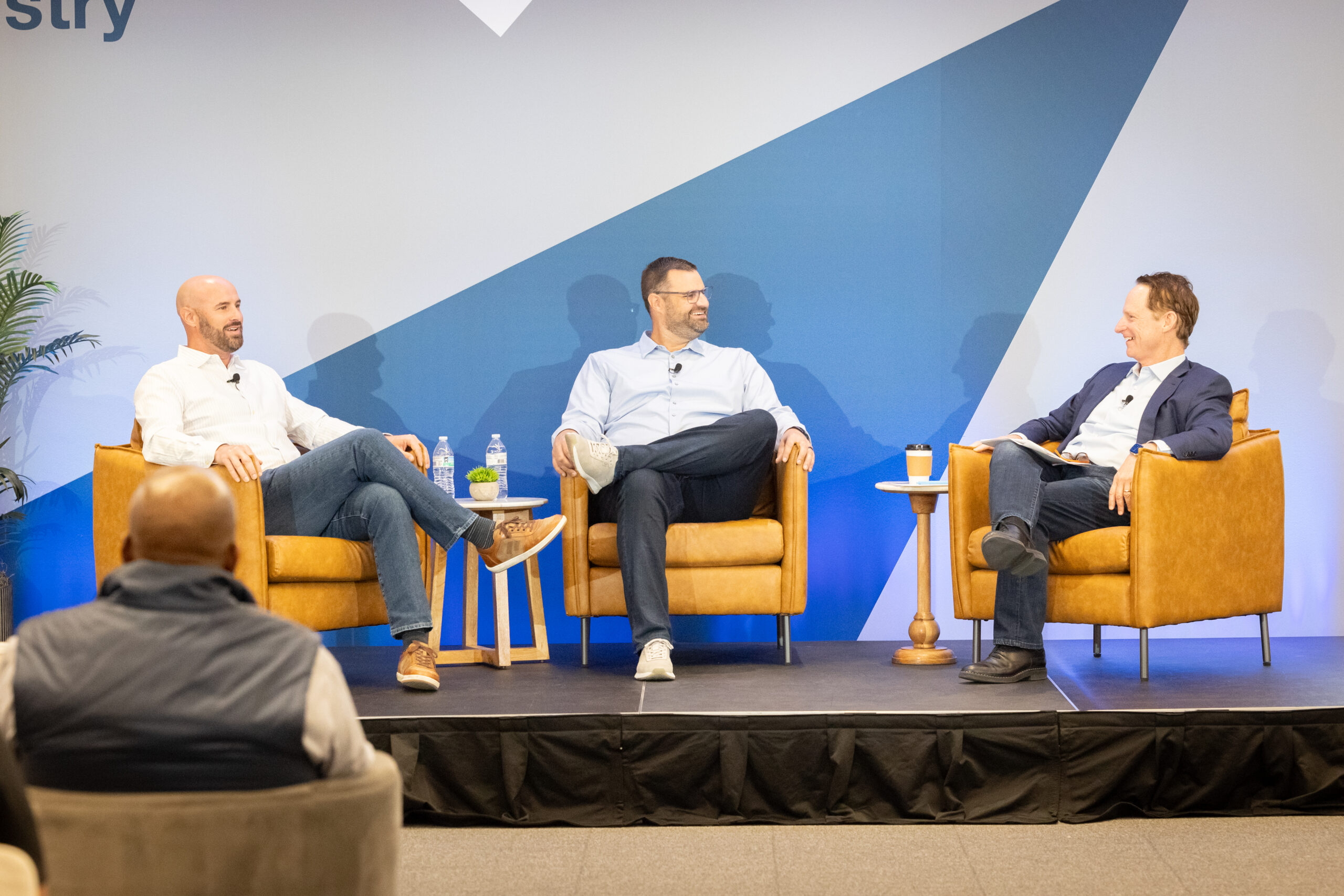
Fireside Chat with Dave Thrasher, Dan Thrasher, and Dave Whorton
- Dave Thrasher, Dan Thrasher, & Dave Whorton
- Supportworks and Thrasher Group

Get Evergreen insight and wisdom delivered to your inbox every week
By signing up, you understand and agree that we will store, process and manage your personal information according to our Privacy Policy
